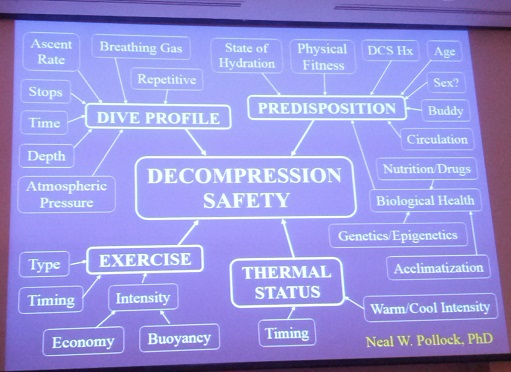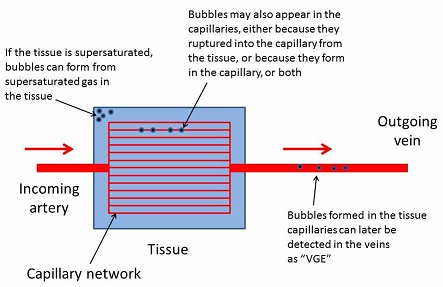- Messages
- 7,659
- Reaction score
- 4,720
- # of dives
- 200 - 499
OK, I spent years doing research support. Fabulous group, we all supported each other. An IT guy dropped by one day and said he found some really interesting software.
TableCurve2D. Brilliant sparse matrix software by Dr. Ron Brown. I think that he is in Atlanta now.
How? Child's play. Enter the depths and NDLs, choose "simple equations" then pick the fit you like. 222,222 is not the "best" number, but it is the easiest to remember. (well, mostly... )
)
TableCurve2D. Brilliant sparse matrix software by Dr. Ron Brown. I think that he is in Atlanta now.
How? Child's play. Enter the depths and NDLs, choose "simple equations" then pick the fit you like. 222,222 is not the "best" number, but it is the easiest to remember. (well, mostly...







